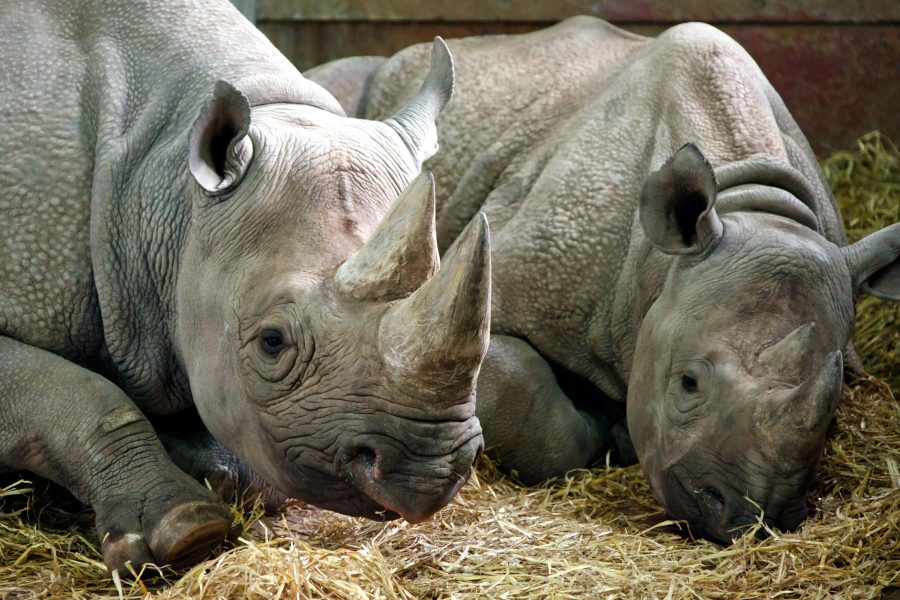Rhinos are killed because their horns are so valuable. So some conservationists are trying to reduce the price.
Rhinos are an endangered species. There are estimated to be just 30,000 of them around these days, down from half a million at the start of the twentieth century. One of the reasons their numbers keep dwindling is that poachers keep killing them for their horns.
Rhino horns are seen as status symbols and believed to have medical properties (they don’t). It is generally illegal to kill a rhino for its horn. But because it’s difficult to keep tabs on wild rhinos and because the money you can make from rhino horns is ginormous ($60,000 for a kilogram) people keep hunting them down regardless.
A new solution has now been proposed: making lots of fake rhino horns and selling them as though they’re the real thing. The reason some people think this will work is because of an economic concept called supply and demand. It basically says that when there’s more things being sold (supply) than there are people who want it (demand), then the price of the thing starts falling because sellers have to compete with each other to attract buyers. The more the price of a rhino horn falls, the more poachers will conclude that it’s not worth the time, effort and risk of hunting them down in the first place.
The fake rhino horns are similar enough to the real thing that it would be very difficult for black market operators to tell which is which. But there’s a worry that the plan might not have the intended result.
Sellers are unlikely to tell buyers that they’re probably buying fakes. That means that as the price of what seems to be rhino horn goes down, the product becomes affordable to more people. That could push demand back up again. Another worry is that seeing lots of affordable rhino horn everywhere makes people think consuming the product is okay (after all, everyone’s doing it).
Some conservation charities would prefer to instead put more time and money into persuading people not to buy rhino horn, or paying for more rangers and surveillance equipment, or improving the living standards of the poorer communities poachers often come from.
Read our explainer on: microeconomics.

